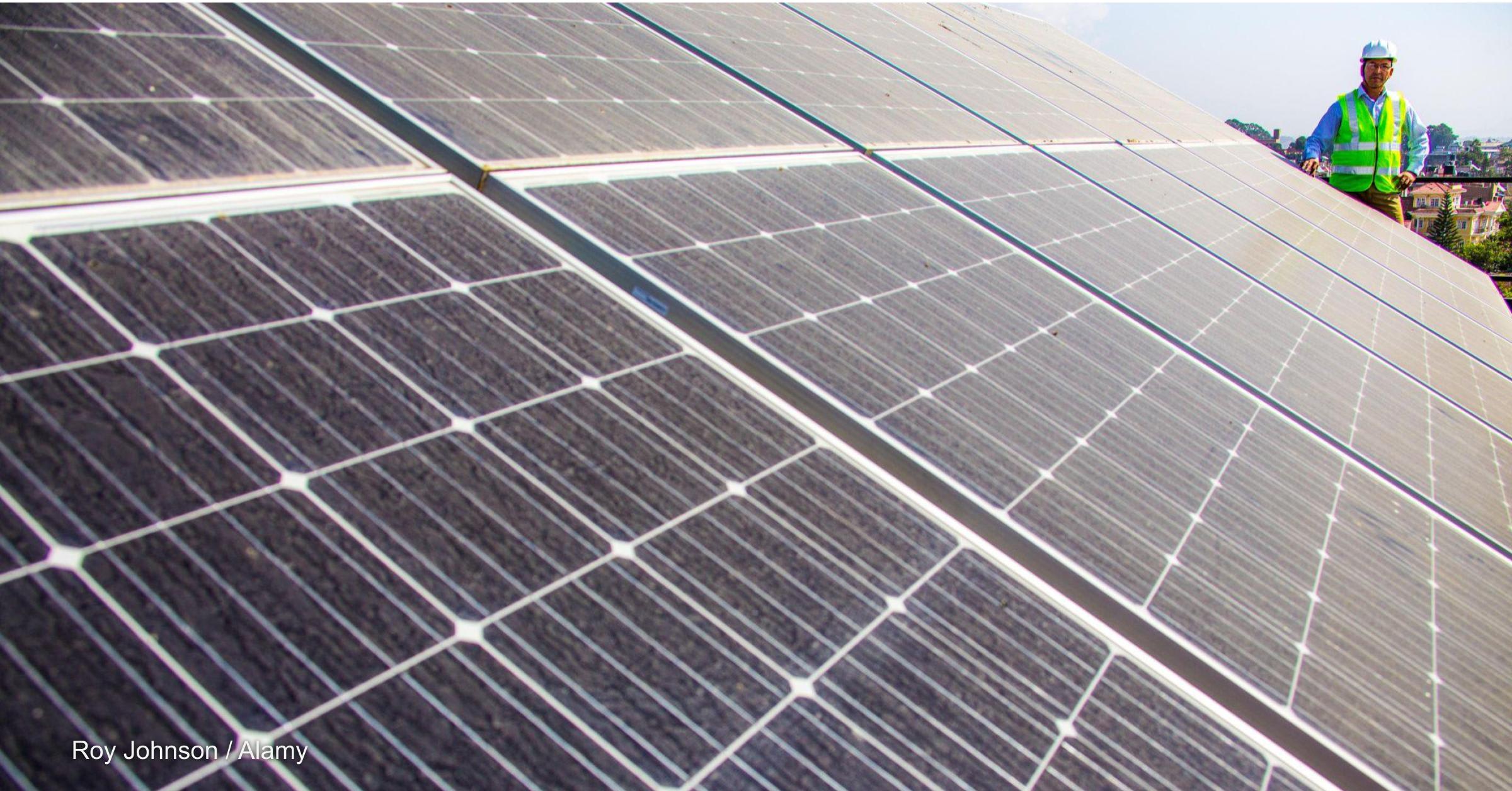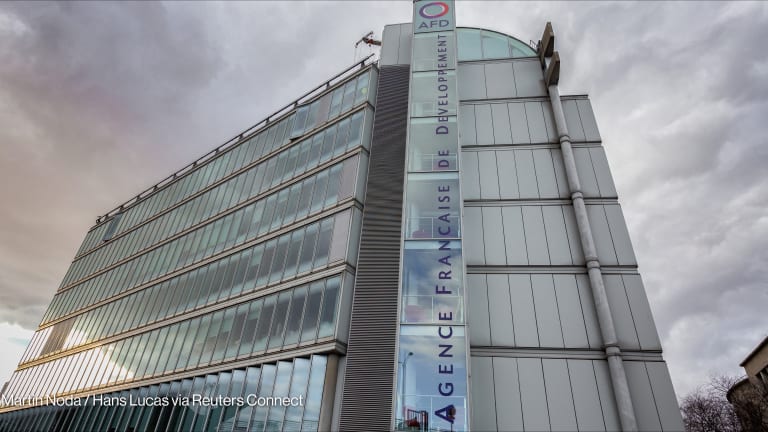As the world watches the escalating political instability and civil unrest in Yemen, the foreign aid and international development community should be rethinking its strategies for the country. The reality is that Yemen, the Arab world’s poorest nation with over 23 million citizens, has not traditionally received the aid attention that some might expect and it remains to be seen how today’s dynamics will impact aid flows and project implementation in the future.
Even before long-time President Ali Abdullah Saleh’s regime began to fracture, Yemen’s socio-economic condition was desperate. While Yemen’s oil and natural gas reserves have buoyed its economy over the years, essential services, particularly water, have always been scarce across the geographically isolated and desert dominated country located at the southern tip of the Arabian Peninsula. Since the unrest began, a New York Times article confirmed that water is the most needed of all supplies in Yemen, with food and cooking gas high on the list as well.
Devex procurement and project data indicates that the World Bank, United Nations, and EuropeAid have been the most active agencies in Yemen over the course of the last 10 years. The data further reveals that since 2003 the World Bank has been focusing its efforts on water-related projects in Yemen. In fact, since last year, 31 percent of World Bank projects in Yemen have focused on improving water access for households and the agricultural sector.
This story is forDevex Promembers
Unlock this story now with a 15-day free trial of Devex Pro.
With a Devex Pro subscription you'll get access to deeper analysis and exclusive insights from our reporters and analysts.
Start my free trialRequest a group subscription







